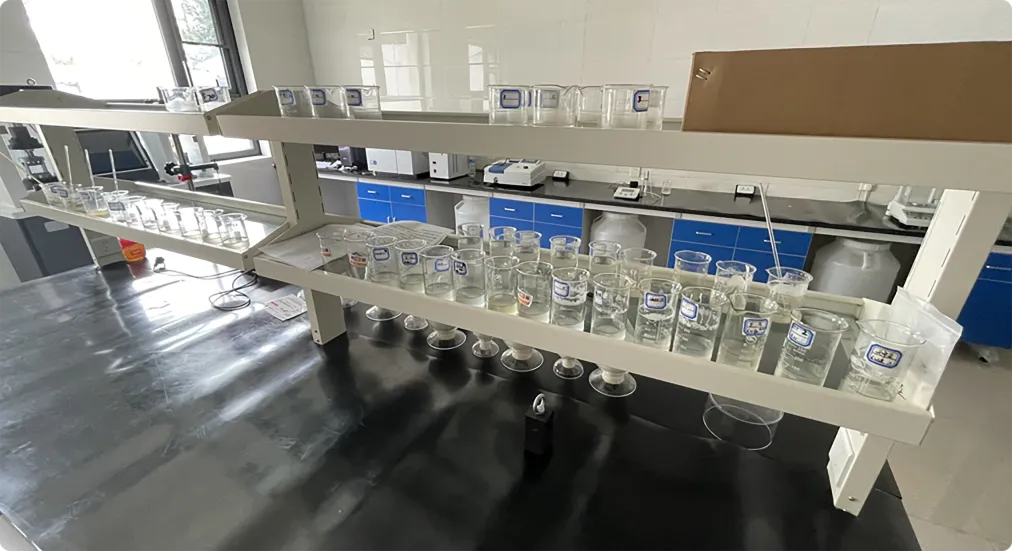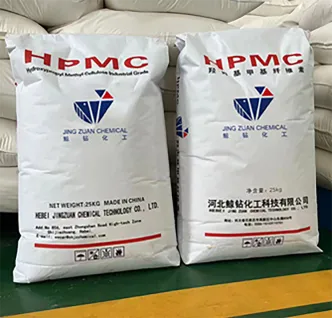
Feb . 13, 2025 05:30 Back to list
HEC


Post-reaction, the product undergoes several purification steps. The first involves neutralizing the reaction mixture to remove by-products and unreacted materials, ensuring that the final hydroxyethyl cellulose is of high purity. It is then thoroughly washed to eliminate residual salts and other impurities. This purification process is essential in achieving a product that is both effective and free from contaminants, contributing to its reliability and safety in sensitive applications such as pharmaceuticals. The final stage before commercial distribution involves drying and milling. The filtered HEC is dried to achieve optimal moisture content, preventing microbial growth and prolonging shelf life. Once dried, the HEC is milled to a fine powder, enhancing its solubility and ease of use. The consistency in particle size distribution also affects its performance, necessitating precise control during this process. Throughout the manufacturing process, quality control is paramount. Each batch of hydroxyethyl cellulose is subjected to rigorous testing to ensure that it meets the established industry standards. Parameters such as viscosity, solubility, and purity levels are carefully monitored. Such stringent quality assurance protocols not only confirm the product's suitability for its intended applications but also reinforce trust in its consistent performance. The production of hydroxyethyl cellulose is a sophisticated process that balances chemical reactions with meticulous purification and quality control measures. Its creation epitomizes the marriage between natural raw materials and advanced chemical engineering, resulting in a product that serves a broad spectrum of industrial needs. From enhancing the texture of lotions to improving the stability of concrete, hydroxyethyl cellulose continues to exemplify adaptability and efficiency, underscoring its role as a cornerstone material in various commercial sectors.
-
Unlocking the Benefits of HPMC Products: A Gateway to Versatile Applications
NewsAug.07,2025
-
Unleashing the Potential of HPMC Ashland: A Comprehensive Look
NewsAug.07,2025
-
Tile Bonding Cellulose: The Key to Superior Adhesion and Durability
NewsAug.07,2025
-
Hydroxypropyl Methylcellulose Powder: The Versatile Component in Modern Pharmaceuticals
NewsAug.07,2025
-
Hydroxyethyl Cellulose: The Versatile Solution for Various Industries
NewsAug.07,2025
-
Hydroxyethyl Cellulose (HEC): The Versatile Polymer for Various Applications
NewsAug.07,2025







